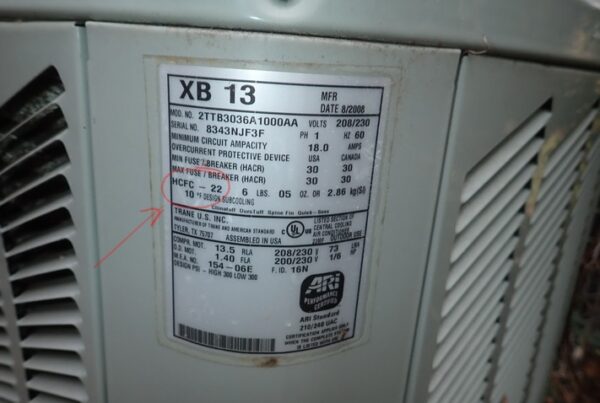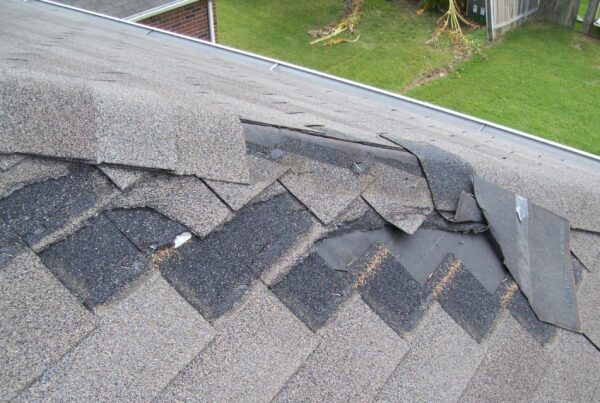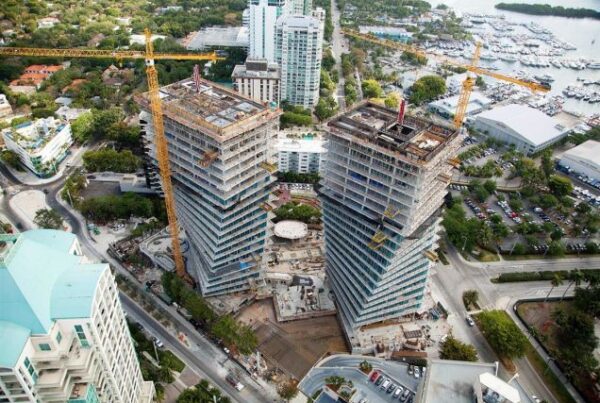When I first entered the building inspection engineering field I was cautioned about performing “code inspections.” The reasons were many, and to at least some degree, the explanations appeared credible for avoiding providing any kind of code inspection.
Some of the reasons cited included:
- Inability to know what edition of the code might apply to various areas of original construction and renovation
- Impossibility of confirming every aspect of a building’s construction in comparison the building code
- Local jurisdictional subtleties that may apply with regard to zoning and other local regulations
Yet providing some kind of “code inspection” remains an expectation in segments of the inspection market.
A recent column in one of my area weekly newspapers included the following quote from a well-regarded real estate professional, “Code violations can extend the home-selling process or halt it altogether and that’s after you think everything is OK and you are emotionally done. Therefore, it’s good business to hire a home inspector before placing your home on the market. A quality home inspector is well-versed in all local codes dealing with electrical, plumbing, building/structural and more, and can help sellers understand any code violations and the steps and costs necessary to meet codes.”
This real estate professional’s remarks have some merit. Pre-purchase examinations of buildings by inspection engineers can help defuse potential problems discovered during the selling process. They can also provide an opportunity to address problems before placing the building on the market.
But the expectation that the inspection engineer can discover every code violation is first unreasonable and second, virtually impossible.
Let’s consider some of the problems with expecting anyone – engineer, code official, contractor – to “find” code violations. NABIE’s home base in New York State has building codes that cover nine separate areas, some of which contain hundreds of pages of code related discussion. Much of the NYS code derives from The International Code Council, but in many cases that material has been customized for NYS use. Code officials undergo some fairly rigorous training to gain familiarity with code requirements. In the absence of such training, violation discovery may be complicated.
Next we have the issue of concealment. In most cases, there are phased code related inspections completed during construction or renovation. These are phased because construction conceals components and systems as work progresses. The ability to assess state of such components and systems is directly related to accessibility. Finding problems with inaccessible areas is next to impossible without some kind of intrusive examination.
Then we have the problem of applicability. Many codes, including the NYS one, contain a provision that essentially says that the legal occupancy of any existing structure upon the date of adoption of a particular edition of the code may continue unchanged. That can greatly complicate judging code violations without some knowledge of when the building was constructed or renovated and exactly what code was in place at the time. A common method to validate “code status” in such situations is to have the local code official issue a “letter of compliance” if the building does not already have a valid Certificate of Occupancy. Keep in mind that even in those situations, such a letter does not really address subtle issues that may exist.
Apart from true building code issues, we also can have local jurisdiction issues. Construction requirements for various local zoning ordinances (e.g., “near shore overlay district”) may contain requirements that, without careful scrutiny of the regulations, may be missed. Once again it is hard to imagine the expectation that such issues will be routinely examined by a building inspection engineer.
Aspects of building codes may also contain provisions for discussion and consultation between the code official and a design professional. Such discussion and consultation is done in order to establish applicability of sections of the code when evaluating an existing building.
All of these circumstances demonstrate that “code inspections” will be difficult for most any building. So is there a strategy the building inspection engineer can follow?
Perhaps the simplest strategy is to indicate that any examination conducted is not one intended to demonstrate code compliance. Code compliance remains the purview of the local building code official.
A second strategy is to include in your examination observation of the most common code needs, such as fire, smoke, and carbon monoxide detection. Once again it is your obligation to disclose that such items are ones you may include in your observations.
If you stop to consider that code based examinations can also technically include deflection of framing members, ceiling slopes and heights in bathrooms, window dimensions for egress purposes, etc. we can see that such “common” code related needs have a degree of subtlety that may make them not readily apparent.
Not long ago I examined a lovely home in which an illegal second floor bathroom (ceiling height and slope was not according to code) had been craftily concealed behind a built in bookcase at the east end of the second floor hallway. The homeowner was quite proud of the fact that he had done a lovely job of constructing the bathroom in connection with the renovation of the second floor. His workmanship was, in fact, impeccable…but illegal. Knowing he would face building department questions when they came to inspect the renovation, he constructed a built in bookcase in the door opening to the bathroom. As you walked down the hallway, the bookcase was within the end wall, nicely recessed and trimmed with what was actually the doorway moulding.
*This article had been posted in the Summer 2012 edition of The Examiner.


